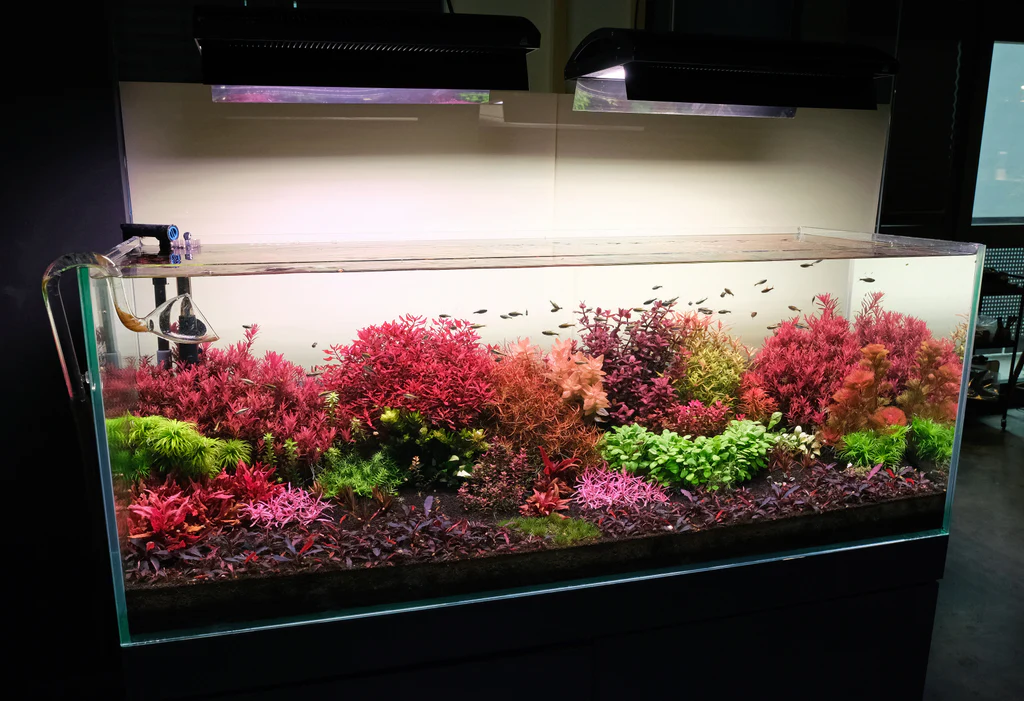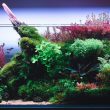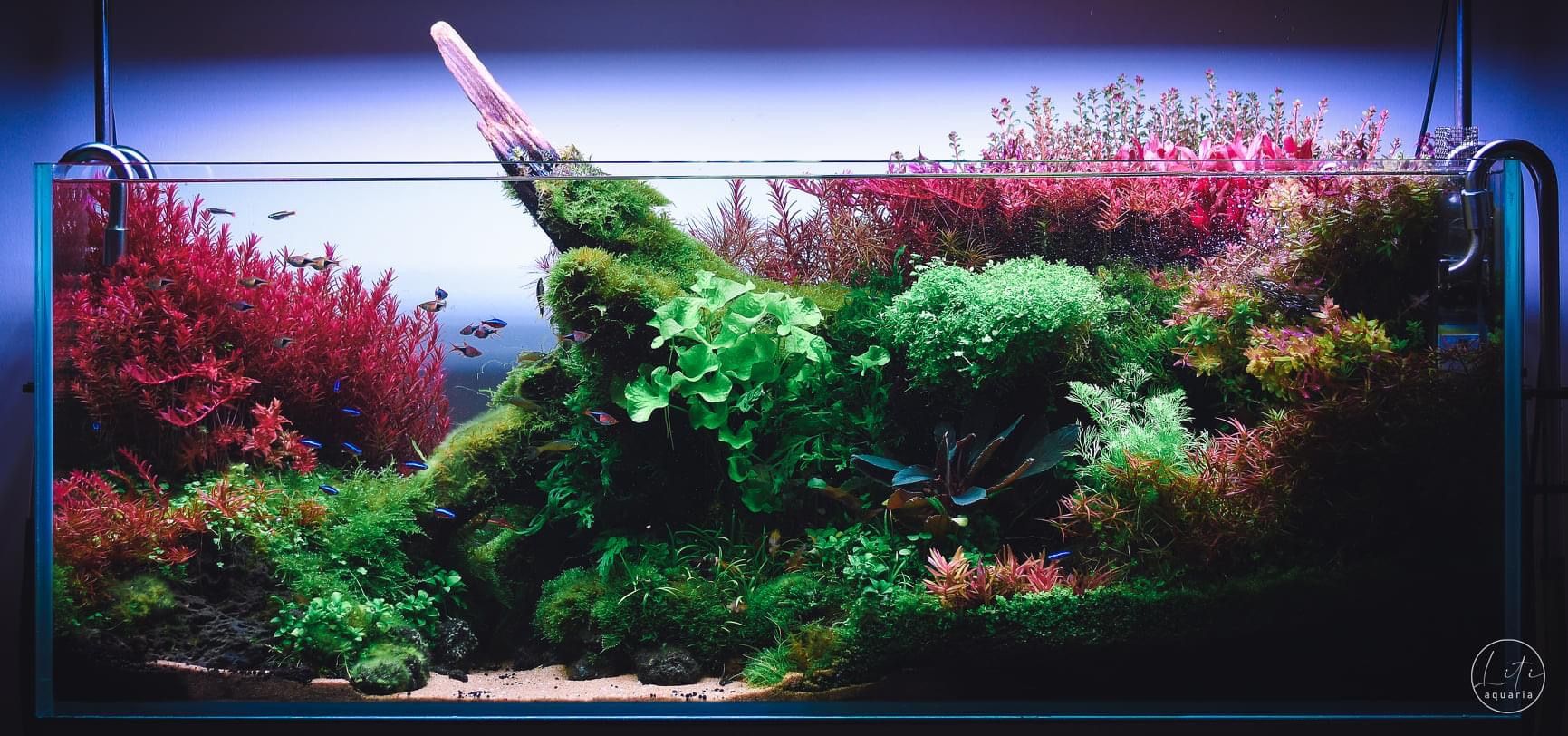Written by Binoy Anto. On 07. Sept. 2024 03:55pm
Level | Beginners – Starters
Setting up a planted tank requires attention to detail, patience, and a structured approach. When done correctly, it results in a thriving aquatic environment that not only showcases beautiful plant life but also offers a healthy habitat for fish and other tank inhabitants. In this guide, we’ll walk through the essential steps for setting up a planted aquarium, from preparing the tank to introducing plants, and finally, adding fish to complete the ecosystem.
Step 1: Choose the Right Tank Size and Location
Selecting the right tank size is critical for the health and stability of your planted aquarium. Larger tanks are generally more stable in terms of water chemistry, while smaller tanks require more frequent maintenance.
How To :
- Choose a location that avoids direct sunlight, as this can cause unwanted algae growth. Ensure the tank is placed on a sturdy, level surface that can support its weight when full. Consider a tank size of at least 20 gallons (80 liters) for beginners, as smaller tanks are more prone to fluctuations in water parameters. Clean the tank thoroughly with water—avoid using soap or chemicals, as they can leave harmful residues.
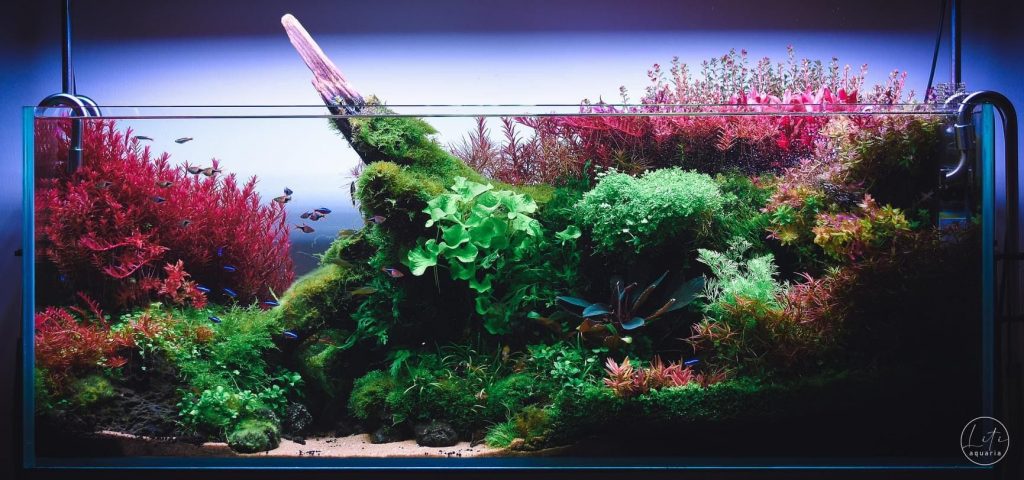


Step 2: Install the Substrate
The substrate is the foundation of your planted tank. It provides essential nutrients for your plants and helps anchor their roots.
Setup Procedure :
- Layer the Substrate: Start by adding a nutrient-rich substrate like aquasoil or plant-specific gravel. Aim for a depth of about 2-3 inches (5-7 cm), which is sufficient for most plant roots. Optional Layering: For enhanced plant growth, you can add root tabs or bottom tablets in areas where you’ll plant heavy root feeders (e.g., Amazon Swords). Place an inert substrate (like sand or gravel) on top to prevent nutrient leaching into the water. Sculpt the Landscape: Slope the substrate higher at the back of the tank to create depth, allowing for an attractive aquascape.



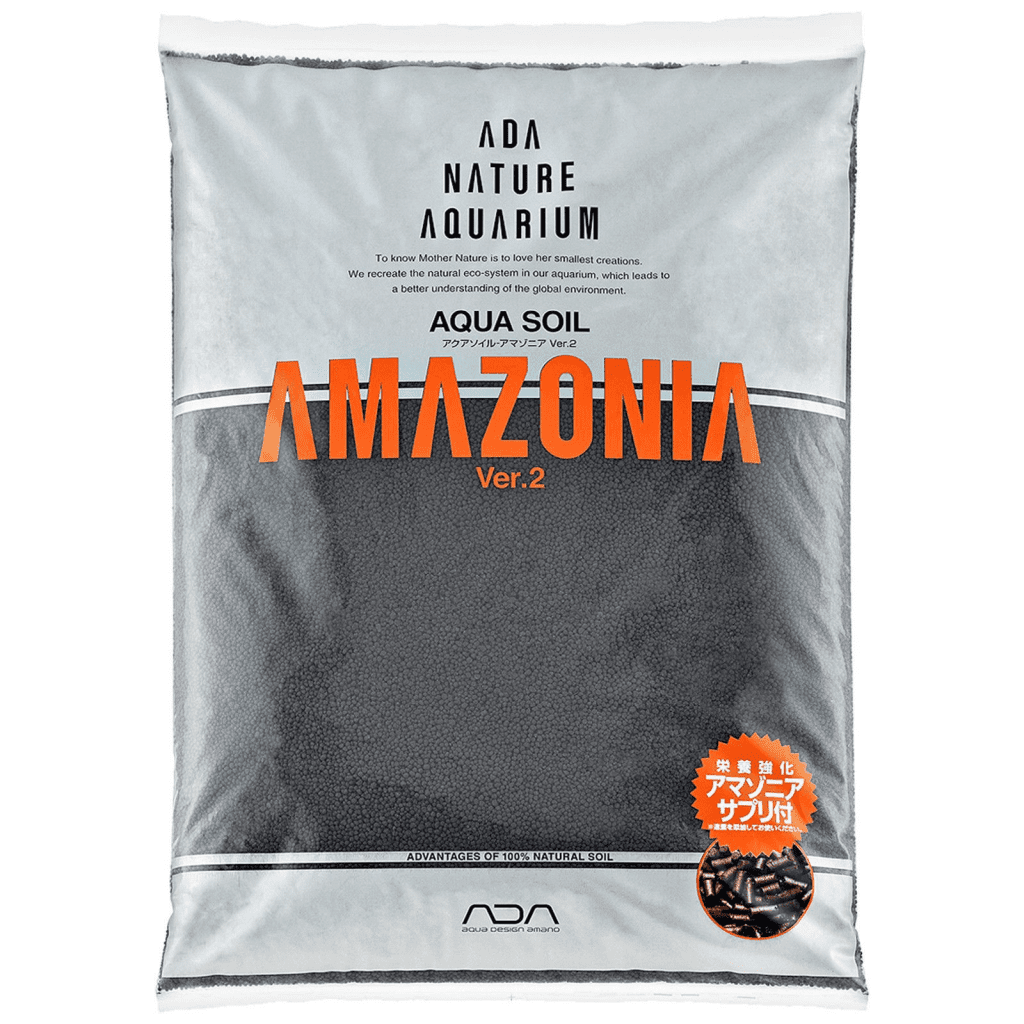


Step 3: Install Hardscape and Decorations
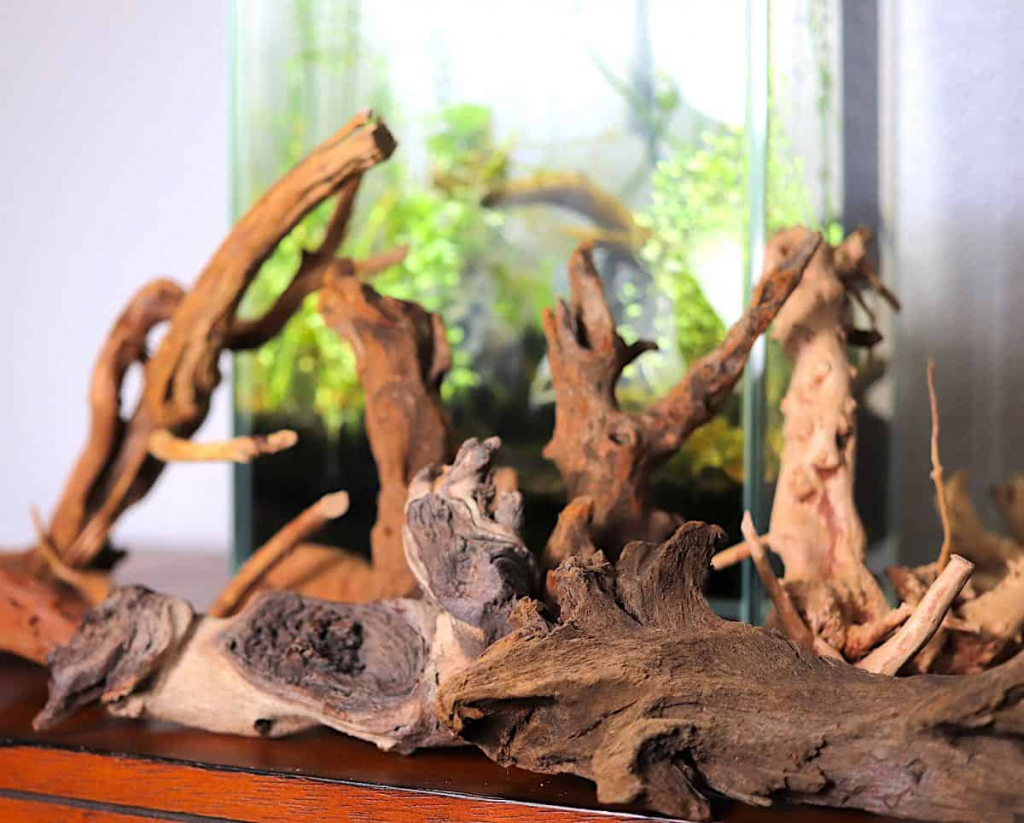








The hardscape includes rocks, driftwood, and other decorative elements that not only enhance the aesthetics but also provide structure for your plants and fish.
How to Make it :
- Position Rocks and Driftwood: Carefully place large rocks or driftwood in your tank. These should be secure and stable to prevent them from shifting and damaging plants or the tank itself.Create Focal Points: Use the rule of thirds to position focal points in your tank for a natural, balanced look. Ensure that the hardscape won’t obstruct light from reaching all areas of the tank.
Step 4: Fill the Tank with Water
The water you add to your tank plays a critical role in determining the health of both plants and fish.
Follow This:
- Slowly Fill the Tank: To avoid disturbing the substrate, place a plate or bowl on top of the substrate and pour water slowly into it. This prevents the water from displacing your substrate. Use Dechlorinated Water: Make sure the water is treated with a water conditioner to remove chlorine, chloramines, and heavy metals. Temperature: Ensure the water is at room temperature (around 22°C-26°C) before proceeding with planting.



Step 5: Plant the Tank
Planting is a key step in creating a successful planted aquarium. Different plants have varying requirements in terms of light, nutrients, and CO2, so it’s important to choose species that match your setup.
Setting Up:
- Start with Fast-Growing Plants: These help absorb excess nutrients and prevent algae growth in the early stages. Examples include water wisteria, Java fern, and Vallisneria. Plant in Zones: Place taller plants at the back, medium-sized plants in the middle, and carpeting plants like dwarf hairgrass in the foreground for a layered, natural look. Use Tweezers for Precision: Carefully place the plants into the substrate using aquascaping tweezers, ensuring their roots are fully submerged.



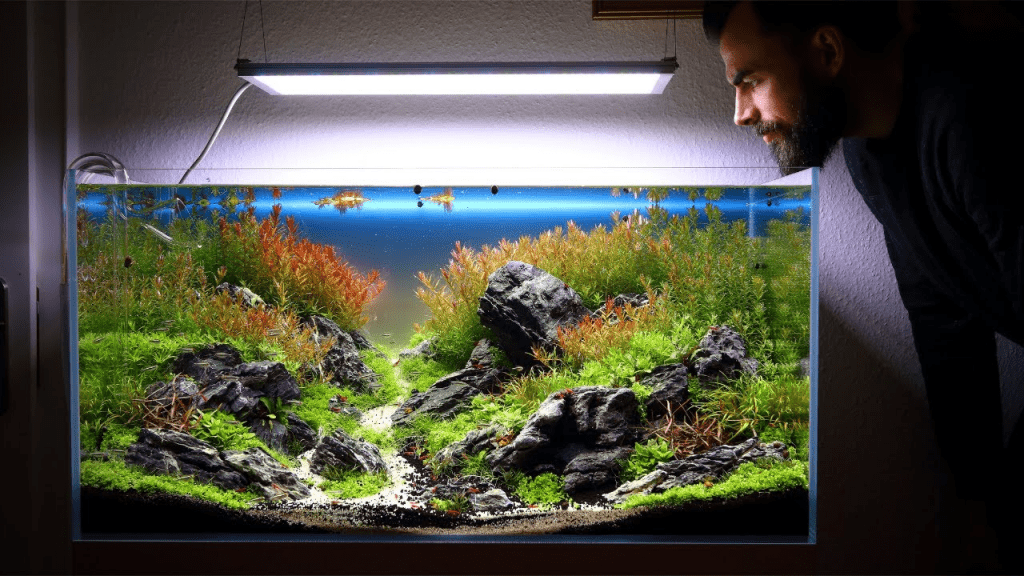











Step 6: Install the Filtration and Heating System
A well-functioning filtration and heating system is essential to maintaining a stable environment for both plants and fish.
Steps to Follow:
- Filter Setup: Install a canister or hang-on-back filter suitable for your tank size. Ensure it has both mechanical and biological filtration to keep the water clean and healthy.Heating: Install an adjustable aquarium heater to maintain a consistent temperature. Most planted tanks thrive at temperatures between 24°C and 26°C (75°F to 79°F).



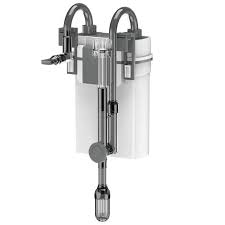


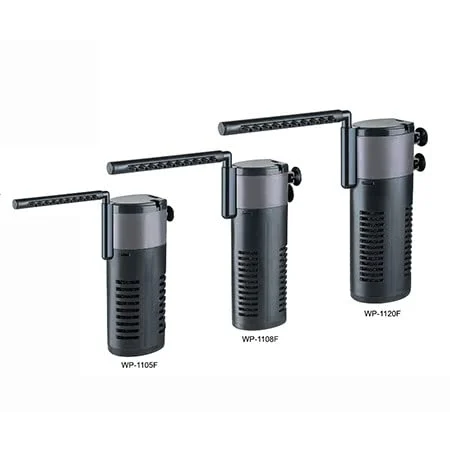


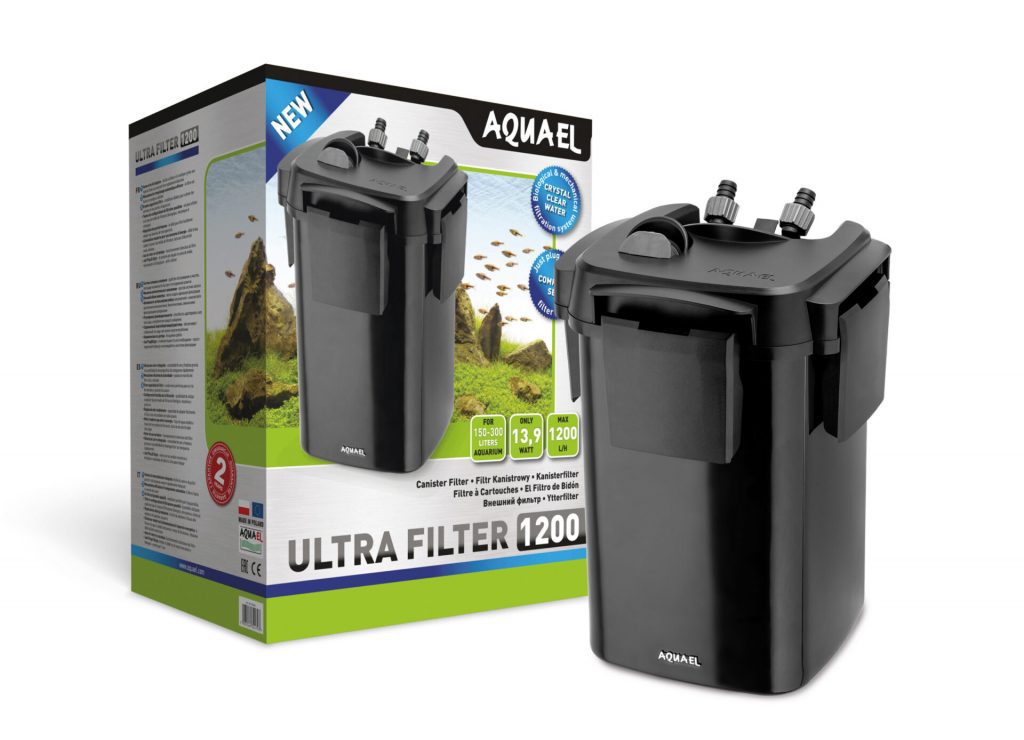


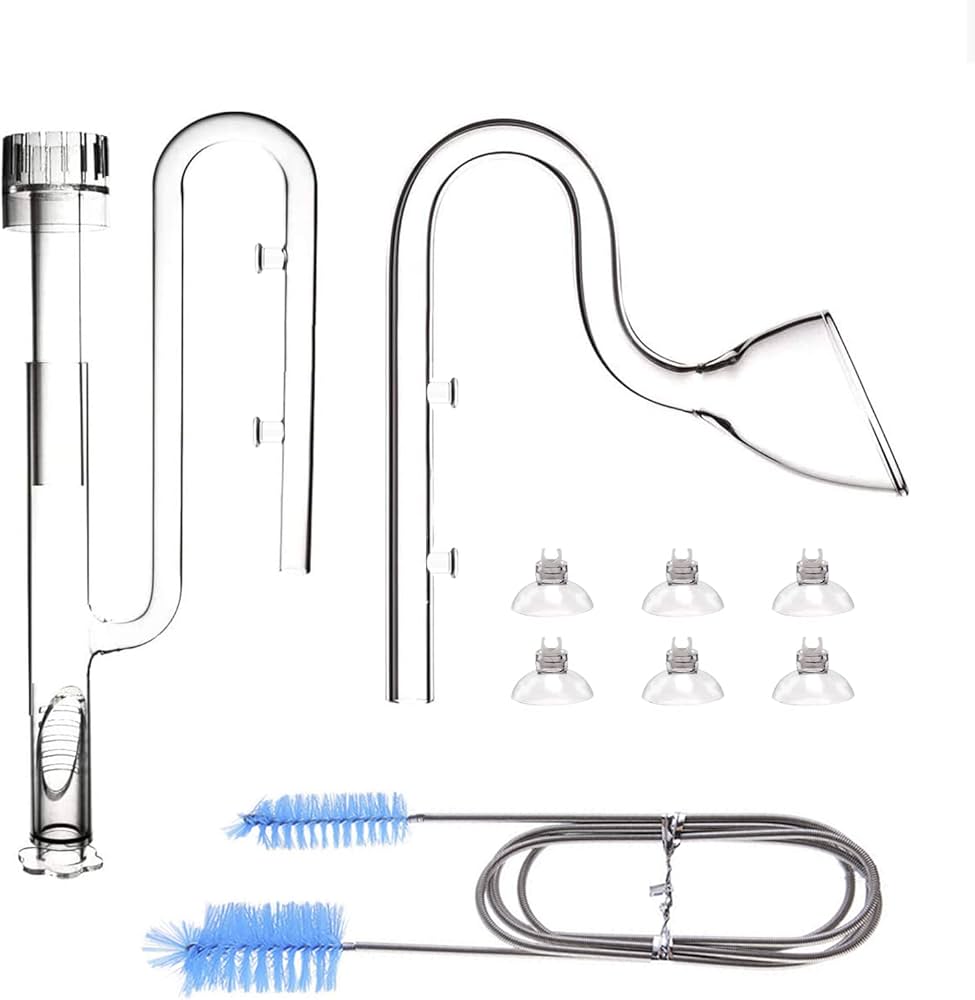





Step 7: Set Up the Lighting System
Proper lighting is crucial for plant photosynthesis. Without adequate light, plants will not grow effectively, and algae may take over.
Make like this :
- Choose Full-Spectrum Lighting: Opt for WRGB (White, Red, Green, Blue) LED lighting, as it offers the right spectrum for optimal plant growth and vibrant colors.Set a Timer: Ensure the lights are on for 8-10 hours a day. Automatic timers are highly recommended to maintain a consistent light cycle, which is critical for both plant and fish health.






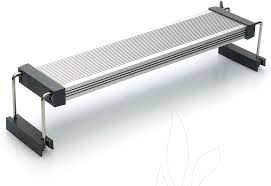


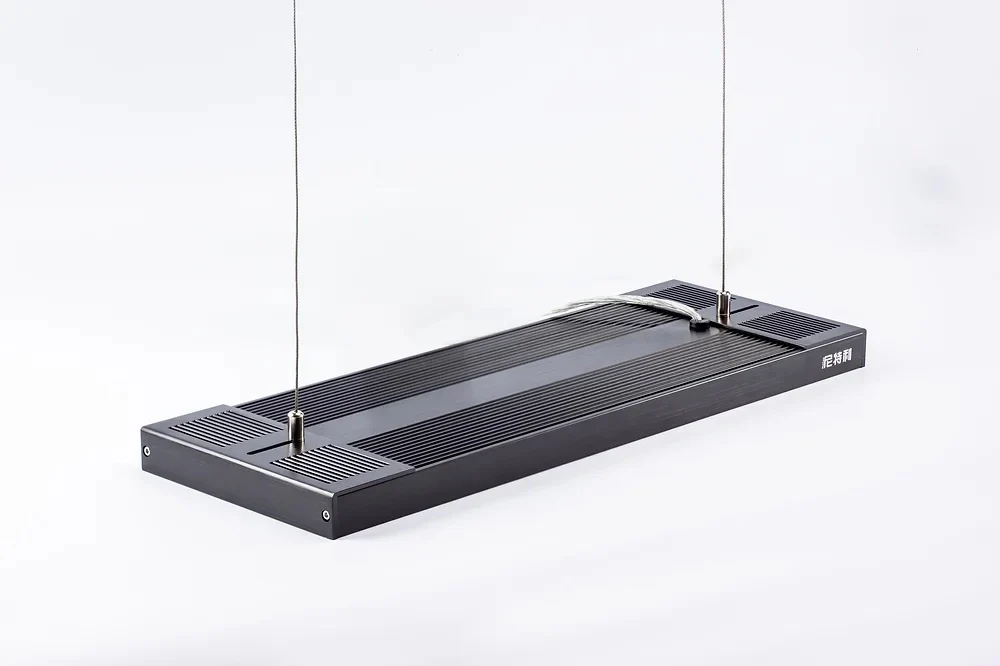





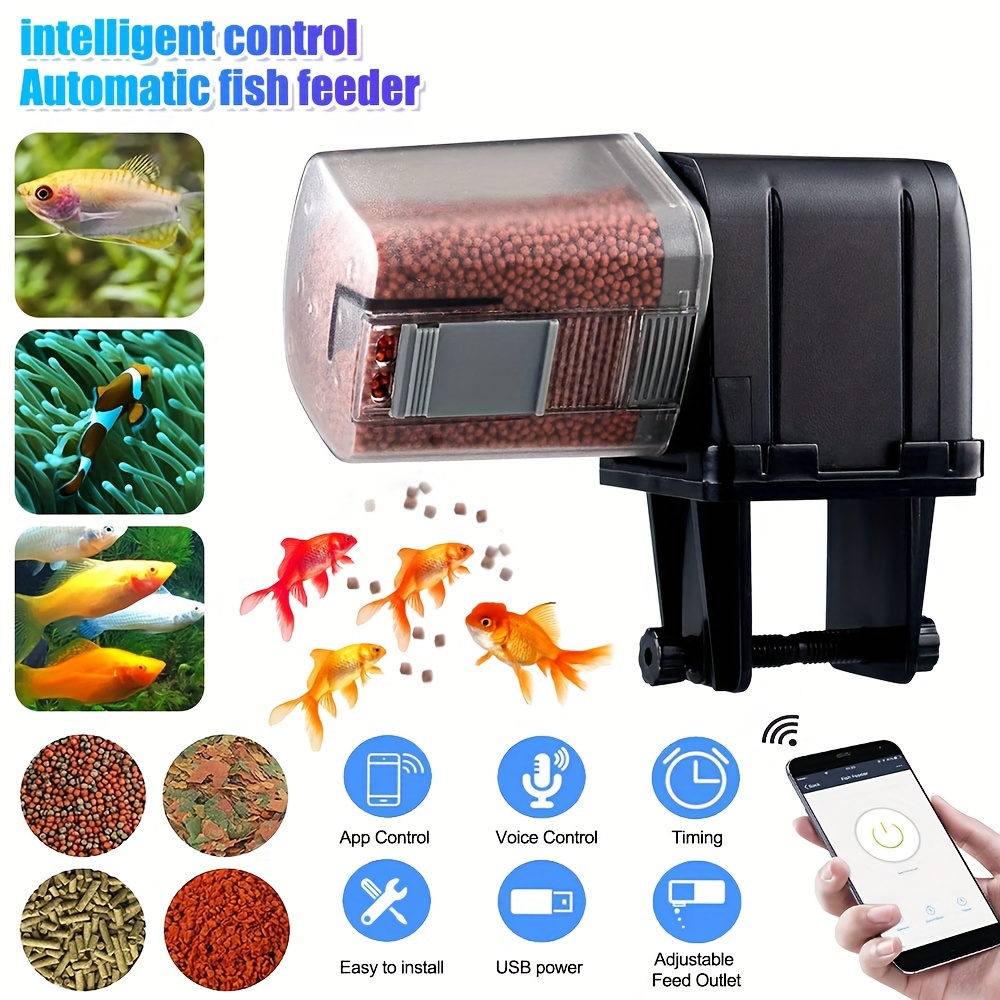


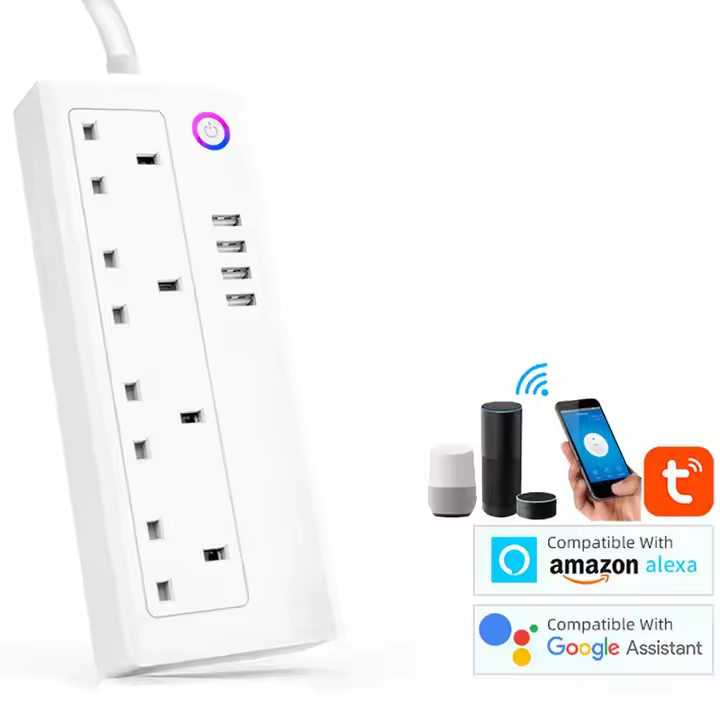

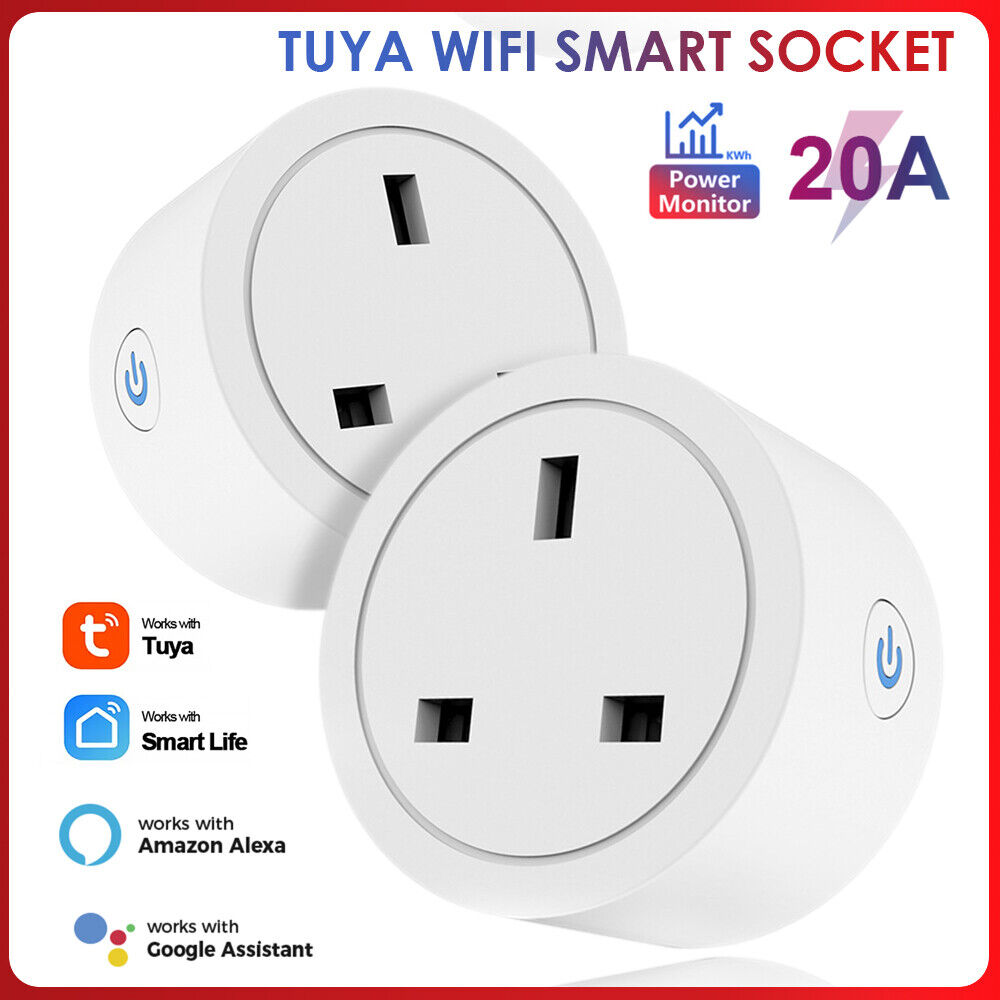





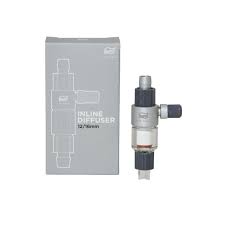


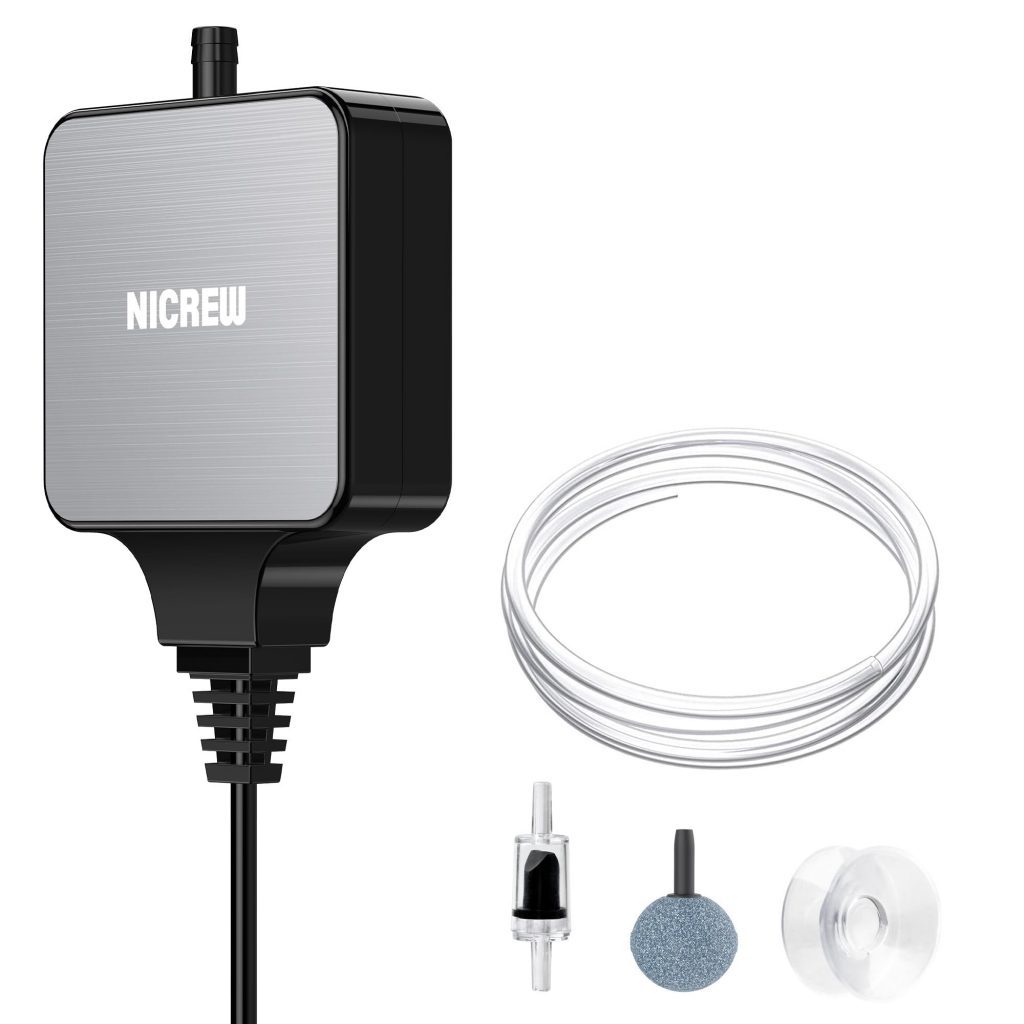


Step 8: Introduce CO2 and Fertilizers
Many planted tanks benefit from CO2 supplementation, particularly if you have demanding plants that require higher levels of carbon dioxide for photosynthesis.
Steps :
- Install a CO2 System: For medium to high-tech tanks, install a pressurized CO2 system with a diffuser to disperse fine bubbles of CO2 into the water.Liquid Fertilizers: Start dosing liquid fertilizers to provide essential nutrients (e.g., nitrogen, potassium, iron) for the plants. Follow the recommended dosing schedule based on your plant load.



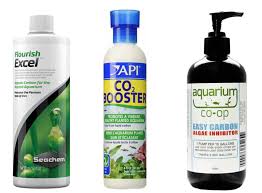





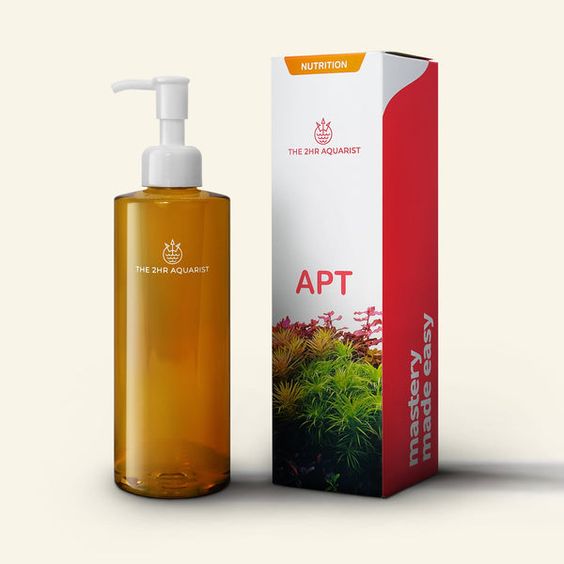


Step 9: Let the Tank Cycle
Before introducing any fish, the tank must undergo a cycling process to establish beneficial bacteria that break down harmful ammonia and nitrites.
Procedure:
- Monitor Water Parameters: Regularly test for ammonia, nitrites, and nitrates using test kits. The cycling process can take 2-4 weeks, during which beneficial bacteria colonize the filter media.Patience is Key: Wait until ammonia and nitrite levels drop to zero before introducing any fish to the tank.
Step 10: Introduce Inhabitants Gradually
After the cycling process is complete, it’s time to introduce snails, shrimp, and other members of your tank’s cleaning crew.
How to Do:
- Start with Snails and Shrimp: Introduce species like Amano shrimp or Nerite snails, which help control algae and clean up detritus. These organisms also help establish a balanced ecosystem.Acclimation: Float the bag containing the snails or shrimp in the tank for 15-20 minutes to equalize the water temperature. Then, gradually introduce small amounts of tank water to the bag every few minutes before releasing them into the tank.



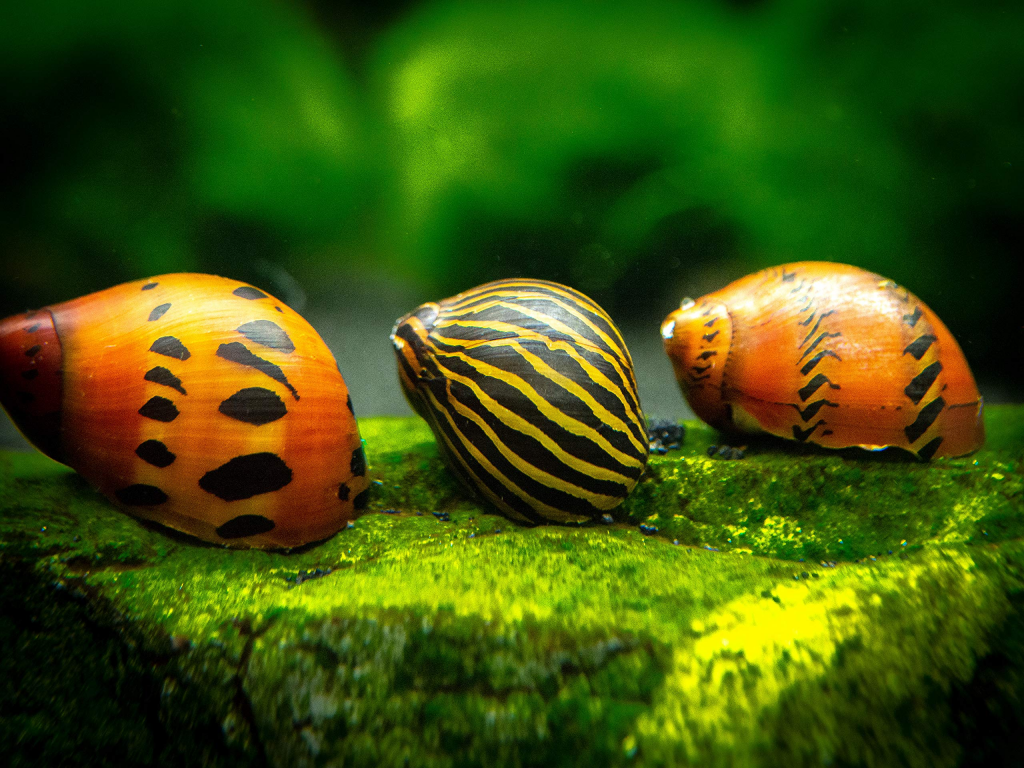


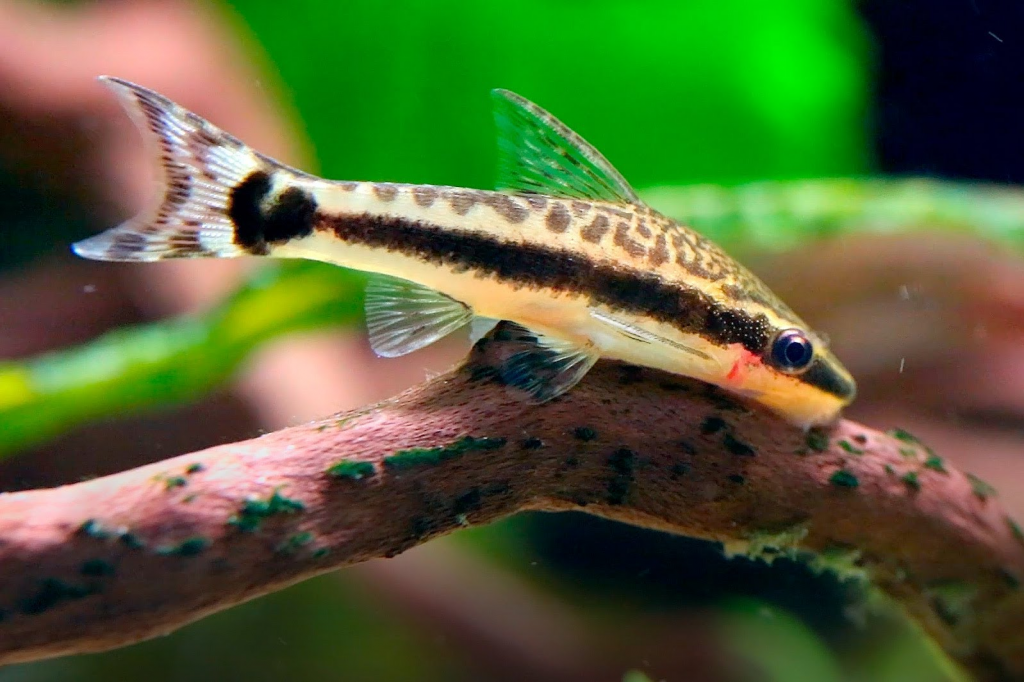





Step 11: Add Fish to Complete the Ecosystem
Once your cleaning crew has settled, you can start adding fish to your aquarium.
Procedure:
- Acclimate the Fish: As with snails and shrimp, float the fish bag in the tank for 15-20 minutes, then gradually add tank water to the bag to help the fish acclimate to the new environment. Introduce Fish in Small Groups: To avoid overloading the tank’s biofilter, introduce fish in small groups over several weeks. This allows the system to adjust to the increased bioload. Monitor Water Parameters: After each addition, keep an eye on the ammonia, nitrite, and nitrate levels to ensure the tank remains stable.
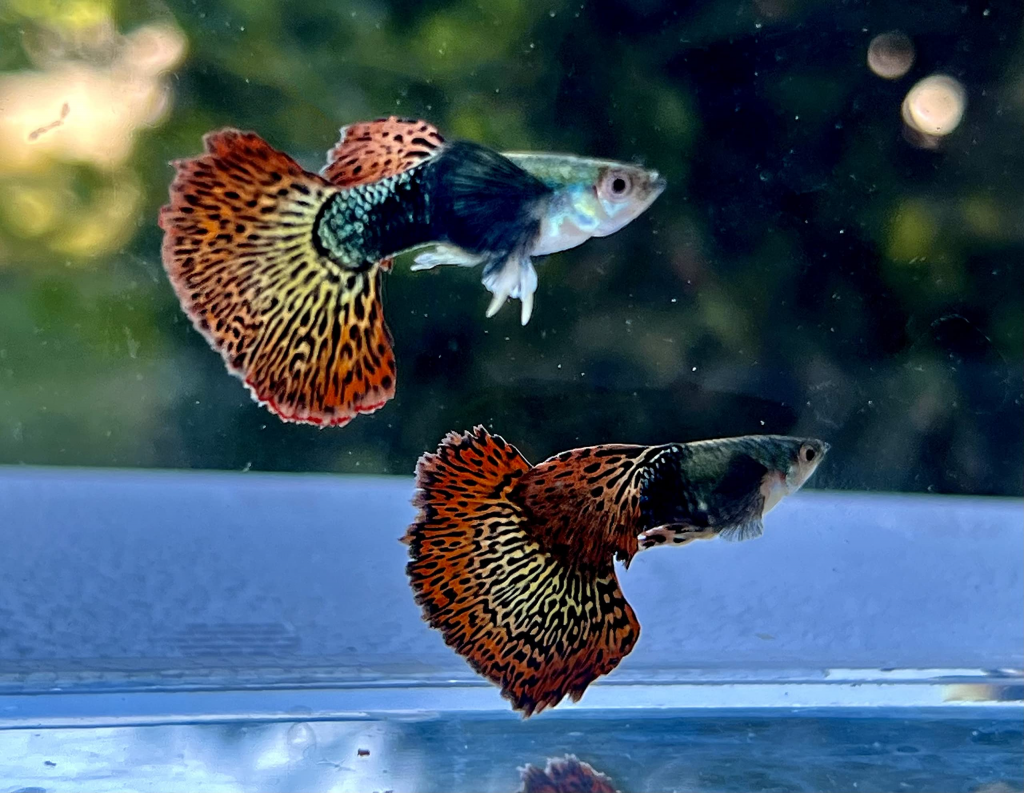











Conclusion
Setting up a planted aquarium is a rewarding process that requires patience and careful attention to detail. By following these steps, you can create a balanced, beautiful ecosystem that will thrive for years to come. With the right combination of substrate, plants, lighting, filtration, and inhabitants, your planted tank will flourish, offering a healthy habitat for both plants and fish.
#plantedtanksetup #Aquascaping #PlantedAquarium #AquariumHobby #Aquascape #FishTankSetup #CO2Dosing #AquariumPlants #AquariumEcosystem #AquariumGuide #PlantedTankBeginner #AquariumLife #AquariumCommunity #AquariumTips
Some of the places and Business you can acquire these essentials in Qatar are mentioned below.
Shops
- Aqua Art Wakra Souq – https://www.facebook.com/AquaArt.com.qa/
- Fiora Aquatic Qatar -https://www.facebook.com/fiorapets
- PetsQatar – https://petsqtr.com/
- Bluemarine – https://bluemarinelife.qa/
- GREEN SOUQ https://www.facebook.com/profile.php?id=100064337815738 – 5028 6786
- Muhammed Nuhu – 5512 7129
Text Audio Playable Included.
Thank you for reading this article, Please let me know in PM or WA 5070 9400.
